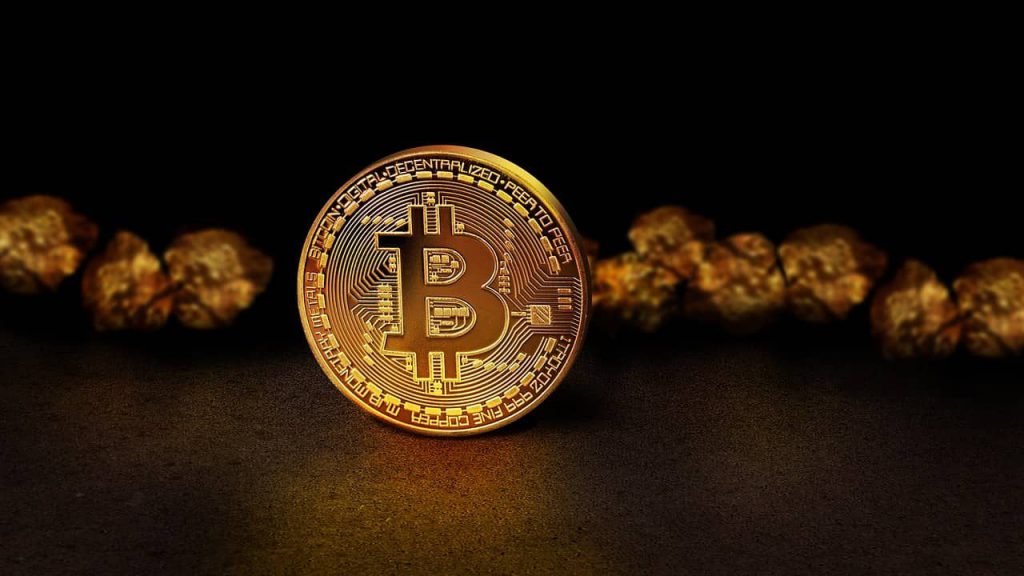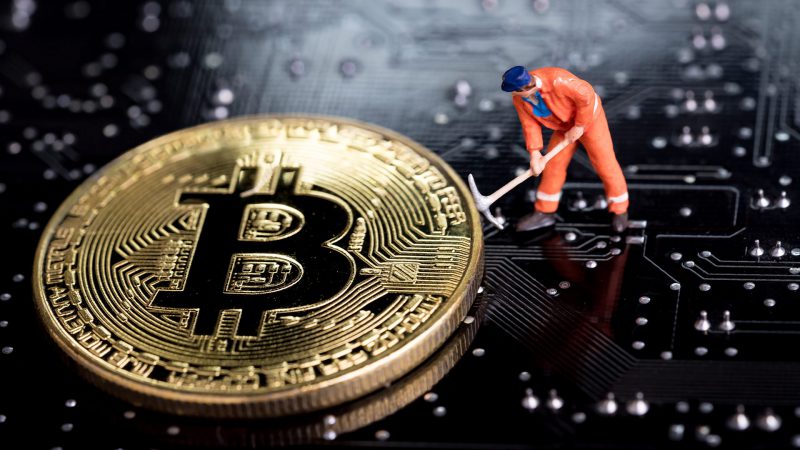Bitcoin is the first cryptocurrency in the world. It paved the path for more than 20,000 cryptos that are circulating around.
Every Bitcoin transaction is recorded on the blockchain, a widely accessible ledger. Complex mechanisms on this record make it impossible for anyone to change it.
As a result, Bitcoin is the world’s most secure financial system. But where does this BTC actually come from? Actually, that is where the process of bitcoin mining surfaces.
A cutting-edge GPU that can run continuously, 365 days a year, is required for bitcoin mining. A minimum requirement of a 250V single-phase or dual-phase vault connection is needed for mining bitcoin. The GPU must run continuously, and the power source must always be available.
Even if it sounds complicated, many people make a living out of it. Read on to learn about the process of mining just 1 bitcoin.


What is the Duration of Mining 1 bitcoin?
Generally, the process of mining works in blocks. So, instead of 1 bitcoin, BTC miners usually mine one block. The reward for mining a block is 6.25 BTC. The process of mining a block generally lasts for 10 minutes. So, according to the calculations, the time taken to mine 1 BTC is 0.625 minutes.
But it is not easy as it sounds. With thousands of miners competing to mine the block ahead of you, it is quite difficult to stay ahead of the game. The difficulty of mining rises as the number of miners in the network rises. Each block consequently requires more processing power to solve.
As more Bitcoin miners attempt to enter the market, the difficulty of mining BTC rises. This will result in an increased hash rate.


Usually, due to this difficulty, miners usually join mining pools to reduce the difficulty. Mining pools usually combine the computing power of several members. The members will also spilt the profits.
As per the capacity, 144 blocks can be mined each day. This is approximately 900 BTC every day.





